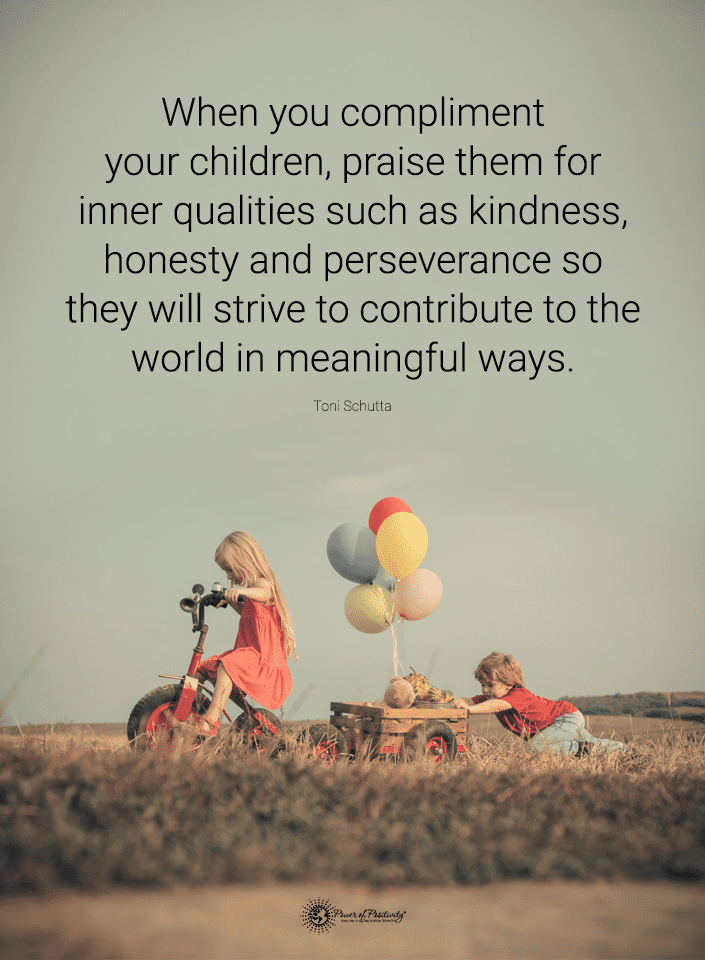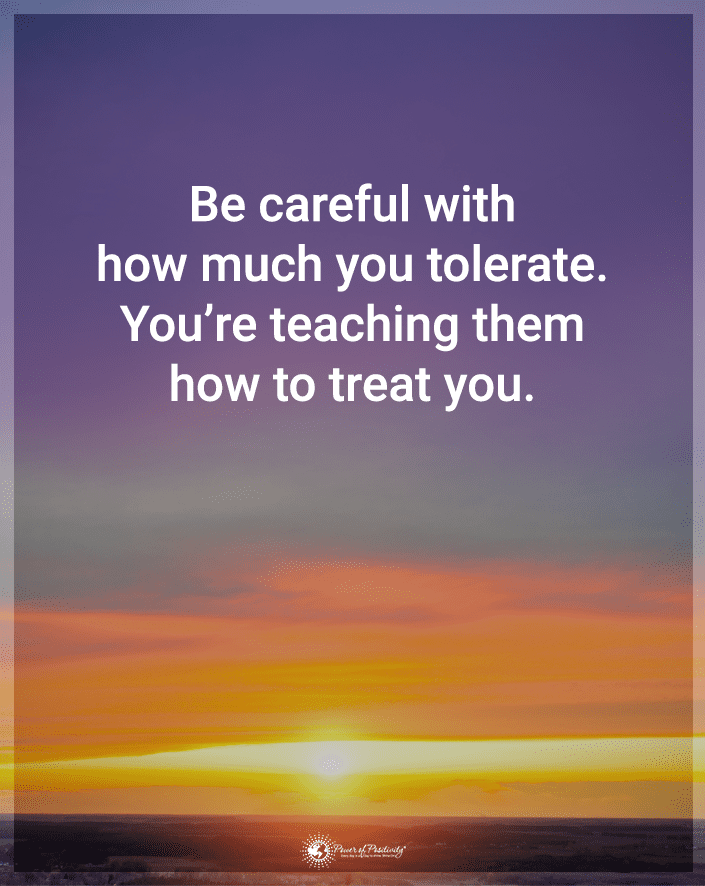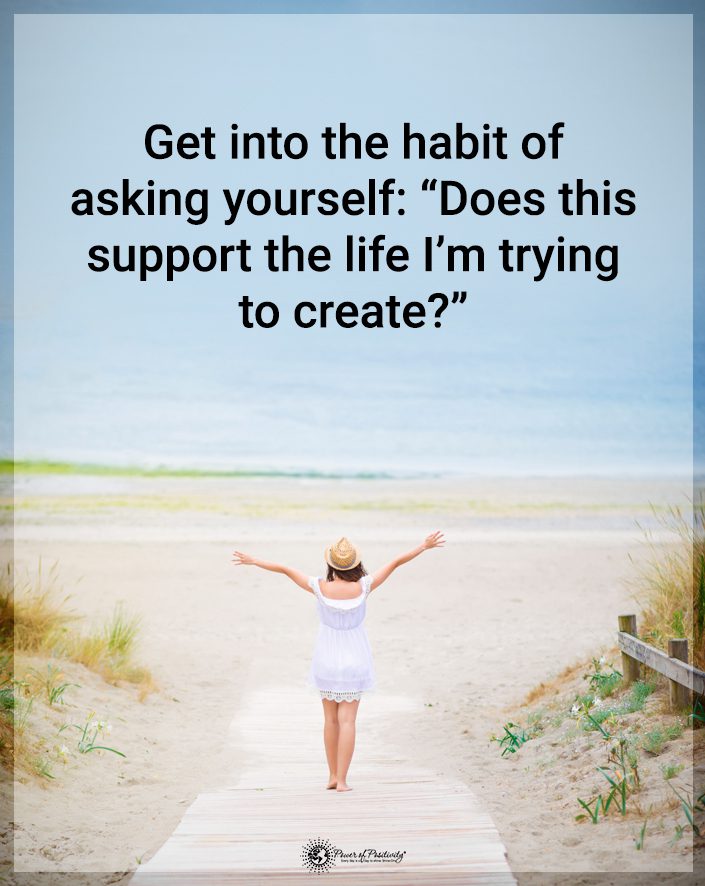This life hack can bring peace and calm to your interactions.
Imagine having a secret “cheat code” that could unlock smoother and more fulfilling relationships in your personal and professional life. What if this tool was something you already possess and merely needed to tap into?
Juliette Han, a Harvard-trained neuroscientist and expert in interpersonal relationships, sheds light on such a powerful tool: self-awareness. Dubbed by experts as a fundamental element in successful interactions, self-awareness is more than just a psychological buzzword; it’s the key to understanding ourselves and, consequently, understanding others.
The relationships we foster are crucial to our happiness and success. But what makes some relationships thrive while others falter? The answer often lies not in external circumstances but in how well we understand and manage our emotional landscape. Self-awareness allows us to navigate personal and professional relationships more effectively, making it an essential trait for anyone looking to enhance their relational dynamics.
Understanding Self-Awareness: The Cheat Code That Can Change Your Life

Self-awareness involves a conscious knowledge of one’s character, feelings, motives, and desires. In the context of relationships, this means being aware of how your emotions and actions affect those around you and recognizing your own needs and desires within these interactions. When you understand yourself better, you can communicate more clearly, set appropriate boundaries, and respond to others in a way that aligns with your true intentions. This practical application of self-awareness makes it a powerful tool for improving relationships.
The impact of self-awareness on relationships is profound. It doesn’t just lead to better communication. Rather, it allows you to express your thoughts and feelings more effectively when you know your triggers and responses. It doesn’t just improve empathy; it equips you to understand your emotions and relate to what others are going through. Ultimately, self-awareness doesn’t just transform interactions. Instead, it turns potential conflicts into opportunities for connection and understanding.
The Science Behind the Self-Awareness Cheat Code
Research consistently supports the notion that self-awareness is critical for successful relationships. Studies indicate that self-aware individuals tend to have more satisfying and stable relationships. This trait is linked to higher levels of overall happiness and can even affect one’s professional trajectory and personal relationships.
Self-awareness is also deeply intertwined with emotional intelligence and empathy. Emotional intelligence, or identifying and managing one’s emotions and the emotions of others, is fortified by self-awareness. This understanding allows individuals to navigate social complexities with greater competence and to build and maintain more effective relationships. Empathy, a direct outcome of emotional intelligence, is enhanced by self-awareness as it involves understanding others’ emotions and perspectives, which is nearly impossible without first understanding one’s own.
Through self-awareness, you embark on a journey of personal growth. You gain the ability to recognize your emotional states and understand how they influence your thoughts and behaviors. This recognition empowers you to manage your reactions and adapt your behaviors for better relationships. The more you foster self-awareness, the more you enhance your ability to engage positively and effectively with others, inspiring you to continue on this path of personal growth.
Using Feedback to Put the Cheat Code to Work
Feedback from friends, family, or colleagues fosters self-awareness and nurtures relationship growth. It provides an outside perspective that can help you see aspects of yourself that may not be apparent through introspection alone. When feedback is utilized effectively, it can significantly improve how you interact with others and understand yourself.
Feedback is a powerful tool for enhancing relationships. It acts as a mirror, reflecting your impact on others that you might not otherwise notice. By understanding how others perceive your actions and words, you can adjust your behavior to be more empathetic and responsive, thus deepening your relationships. The role of feedback in this process is invaluable, as it makes you feel valued and heard, and it’s a testament to the importance of your growth and development in the relationship.
Here are five tips for seeking and effectively using the self-awareness cheat code:
1 – Approach Feedback with Openness and a Genuine Desire to Learn
When seeking feedback, it’s crucial to approach it with an open mind and a genuine desire to learn and grow rather than viewing it as a form of criticism. This mindset helps you to be more receptive to the insights provided, whether they are positive or areas for improvement. When you view feedback as a valuable resource for personal development, it becomes a tool for learning rather than a source of judgment.
2 – Ask Specific Questions to Gain Clear, Actionable Insights
To make the most of the feedback process, ask specific questions that invite clear and actionable insights. General questions can lead to vague responses that are difficult to act on. Instead, frame your inquiries to elicit detailed information, such as “Can you give me an example of a time when I handled a situation well?” or “What specific actions can I take to improve my performance in meetings?” This specificity makes it easier for the feedback giver to provide useful insights and makes it more straightforward for you to apply this feedback effectively.
3 – Listen Without Defensiveness to Understand the Other Person’s Perspective
Listening without defensiveness is key to effectively receiving feedback. It means setting aside your initial reactions and understanding the other person’s perspective. It can be challenging, especially if the feedback is unexpected or critical, but it is essential for genuine understanding and growth. By listening openly, you allow yourself to understand not just the content of the feedback but also the intent behind it, which can deepen your insights into your behavior and its impacts.
4 – Reflect on the Feedback Received and Decide How You Can Use It to Improve
After receiving feedback:
- Take time to reflect on what was said.
- Consider how it aligns with your self-perceptions and your goals for improvement. This reflection should not be a cursory glance but a deep consideration of how you can integrate the insights into your personal or professional life.
- Decide on the next steps that you can take to address the feedback.
Applying the cheat code could involve setting new goals, adjusting existing behaviors, or seeking further clarification or support.
5 – Express Gratitude to Those Who Offer Insights, Reinforcing a Positive Feedback Culture
Expressing gratitude to those who take the time to provide feedback is crucial. It shows appreciation for their effort and reinforces a positive feedback culture. When people feel that their feedback is valued, they are more likely to give constructive feedback in the future. It can help create an environment where continuous improvement is supported and encouraged, benefiting everyone involved.

Setting Goals for Relationship Improvement
Setting realistic expectations and goals based on self-awareness is crucial for relationship improvement. Goals give you direction and a benchmark against which you can measure progress. They help you make intentional changes that can significantly enhance the quality of your relationships.
Try these five behaviors to set effective relationship goals:
1 – Reflect on Areas for Improvement in Your Relationships
The first step in setting effective relationship goals is to reflect on your current relational dynamics. Consider which aspects of your relationships could use improvement. Are there communication gaps? Could you show more empathy? Are you supportive enough? Identifying these areas helps pinpoint where your efforts should be directed, making the subsequent steps more focused and effective.
2 – Assess How Your Strengths and Weaknesses Impact Your Relationships
Understanding your strengths and weaknesses plays a critical role in relationship improvement. This self-assessment allows you to leverage your strengths—for instance, if you are a good listener, you might focus on using this skill to improve empathy in your relationships.
Recognizing your weaknesses can help you understand where you are inadvertently creating tension or misunderstanding, providing clear areas for personal development.
3 – Set Specific, Measurable, and Achievable Goals
After identifying the areas for improvement and understanding your traits, the next step is to set specific, measurable, and achievable goals. For example, if you’ve recognized a need to enhance your communication, a specific goal could be, “I will actively listen during conversations with my partner each night, ensuring I can summarize their points before responding.” This goal is clear and offers a concrete method to track your progress as you use the cheat code.
4 – Plan Regular Check-ins to Monitor Progress
Setting goals isn’t enough; regularly checking your progress is crucial. These check-ins can be self-reflections or discussions with a trusted friend or partner for honest feedback. Scheduled reviews, weekly or monthly, help keep you accountable and allow you to see how well you adhere to your goals. They also provide an opportunity to celebrate successes, which can be incredibly motivating.
5 – Adjust Your Strategies Based on Feedback and Reflection
The final step in effectively setting and achieving relationship goals involves flexibility. As you receive feedback from your self-reflections or others, be prepared to adjust your strategies. You may find that your goals were too ambitious or not challenging enough. Or you notice new issues have arisen that you must address right away. Adapting your approach based on that feedback and the realities of your relational dynamics ensures that your efforts remain relevant and targeted toward continuous improvement.

Final Thoughts on the Cheat Code That Helps You Have Better Relationships
Self-awareness is indeed the ultimate “cheat code” for enhancing relationships. It empowers you to understand your emotions and drives and how they affect your interactions with others. This understanding is essential for developing healthier and more fulfilling personal and professional relationships. By becoming more keenly attuned to your inner workings and how they impact your relationships, you can make conscious choices that lead to better outcomes.
Investing in self-awareness is not just about personal gain; it’s about creating richer, more empathetic connections with those around you. As you embark on this journey, remember that the path to better relationships is continuous and filled with learning and growth. Embrace the process, and you will find that improving your self-awareness can transform your relationships and overall quality of life.

















